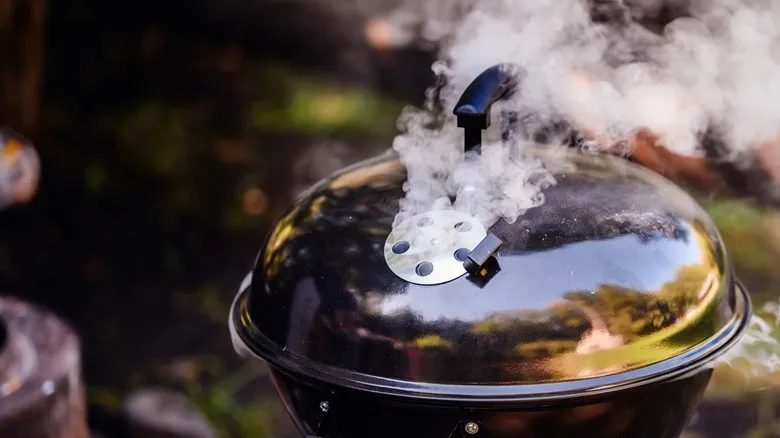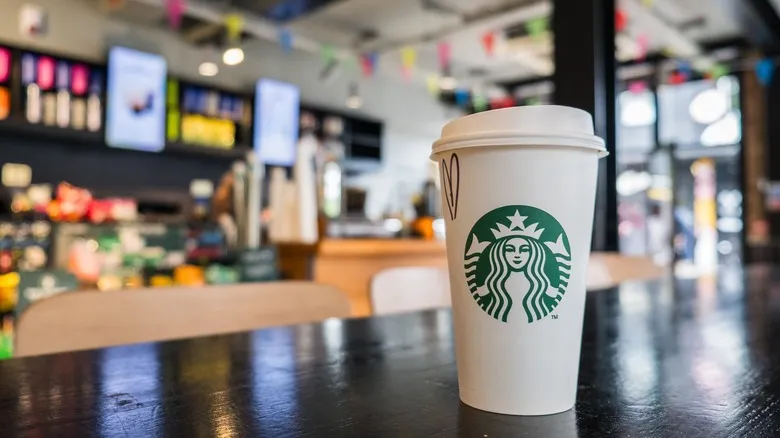What is the best size of lobster to buy?
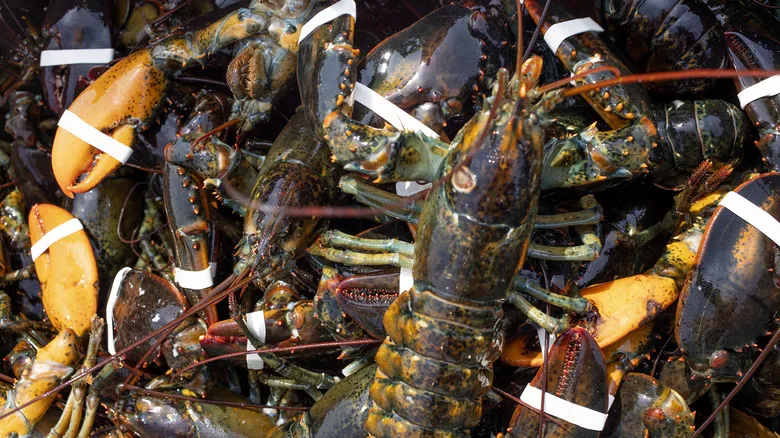
In the realm of lobsters, larger doesn't necessarily equate to better. So, what size lobsters should you be purchasing? First, it's important to understand that lobsters are categorized by size. The smallest variety is referred to as "chickens," weighing in at 1 pound, which is the legal minimum for harvesting. Larger chickens are classified as "quarter" and "half" lobsters, which can be misleading; these terms do not indicate that the lobsters are cut into quarters or halves, but rather that they weigh 1 ¼ and 1 ½ pounds, respectively. Lobsters that weigh 2 pounds are called "deuces," while those weighing 3 pounds are known as "jumbos." Beyond jumbos, there are "super jumbos," which weigh over 6 pounds and tend to be tougher in texture.
For the best dining experience, it's ideal to provide one lobster per person, allowing everyone to savor all the delicious meat. For most diners, a deuce is the perfect size, yielding approximately 7 ounces of meat. If you prefer a simpler option and want to bypass the size considerations altogether, you can opt for lobster tails, which are often regarded as the most flavorful part. Additionally, lobster tails are easy to prepare and grill, ensuring that everyone at the table can enjoy a taste of the sweet, tender meat.
Recommended
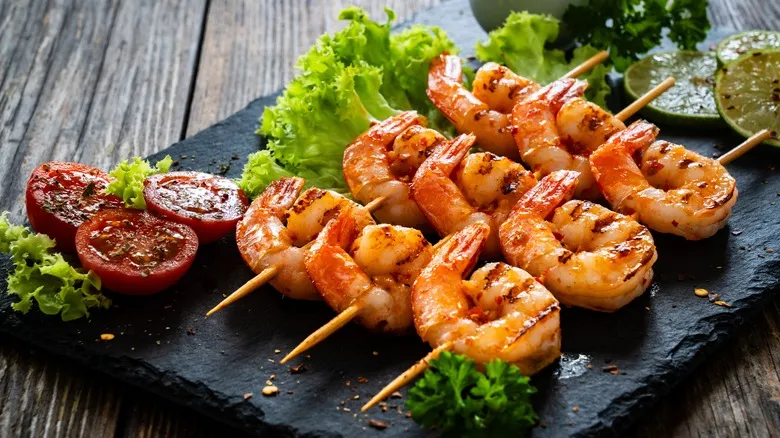
The Secret To Getting More Flavor From Your Shrimp Marinade On The Grill
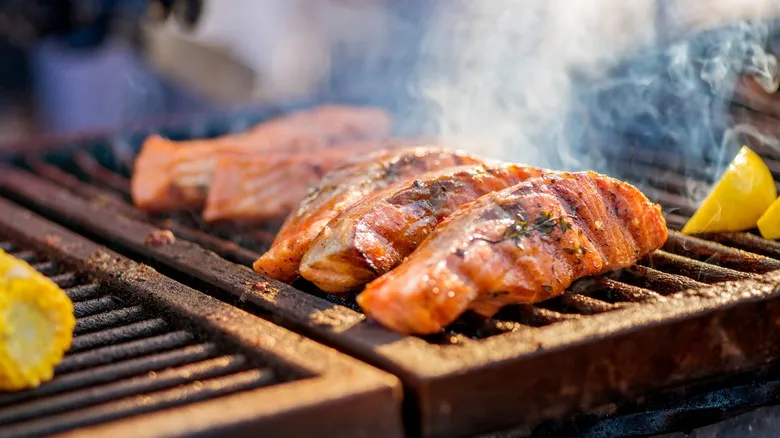
The Foolproof Trick For The Juiciest Grilled Fish According To A Chef
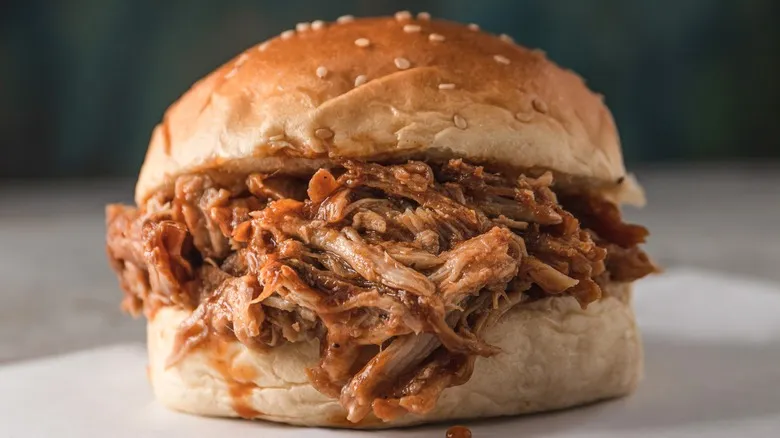
When To Use Pork Shoulder Vs Pork Butt For Dinner
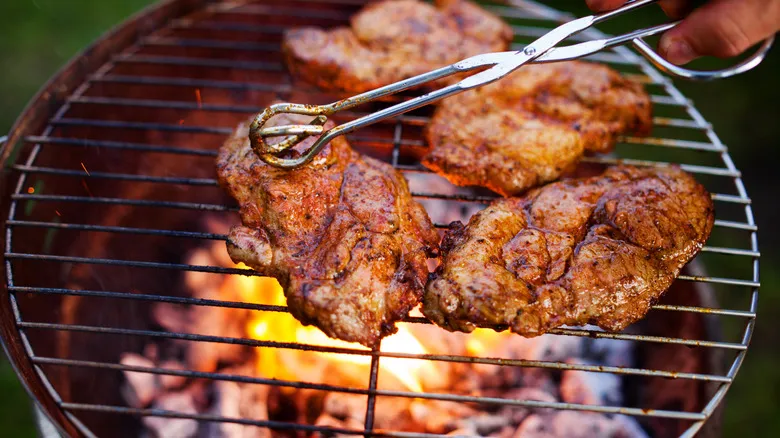
The Charcoal Mistake That's Killing Your Barbecue
Next up



